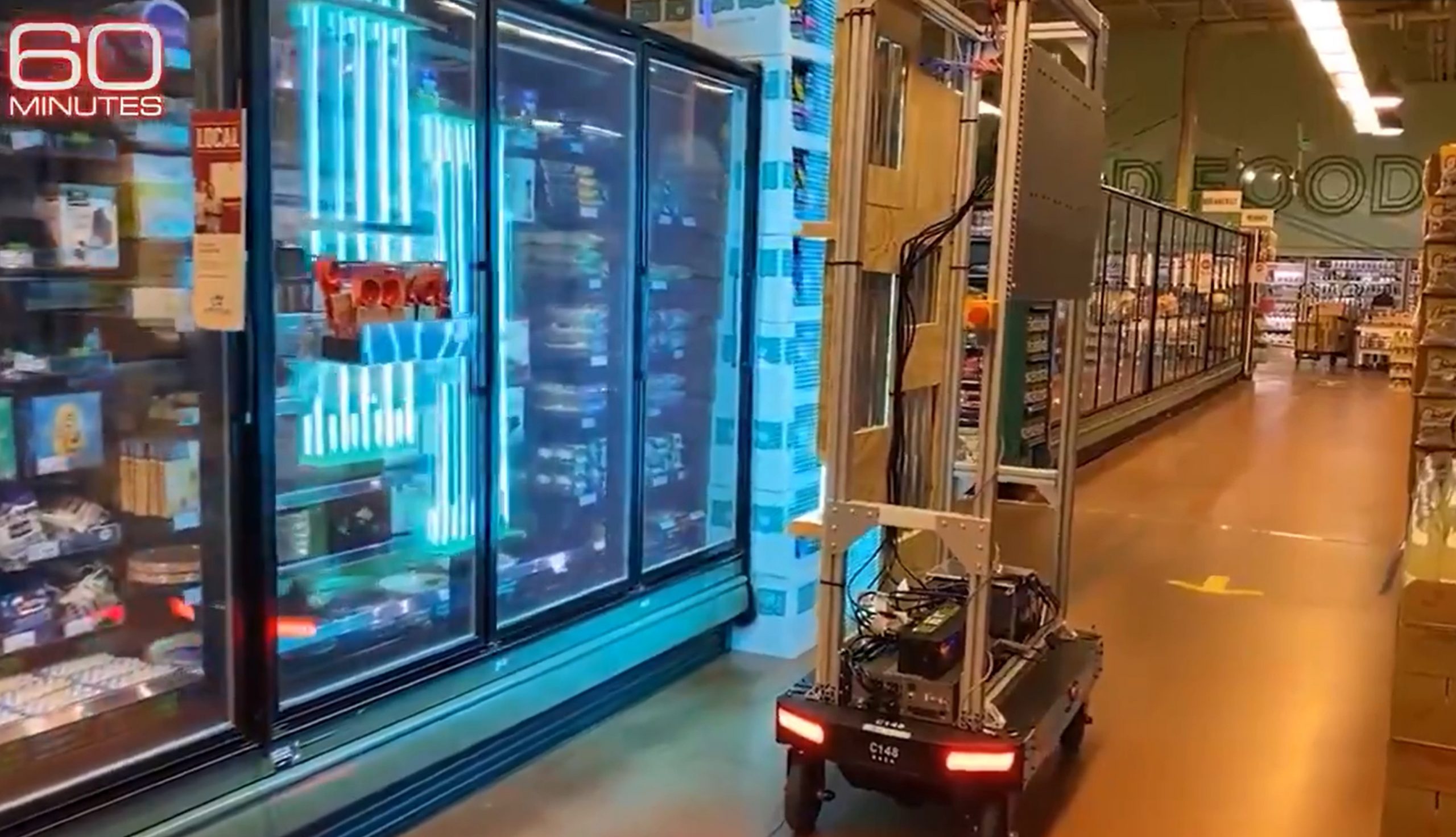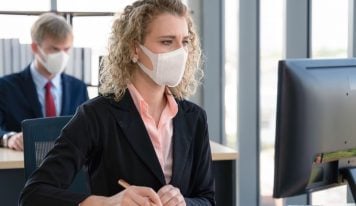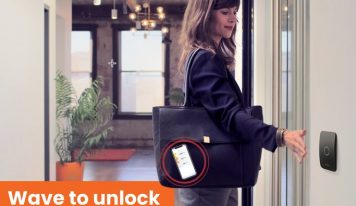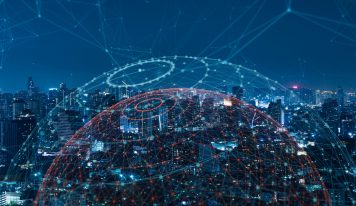Social distancing is the new normal – especially when you are a medical worker treating coronavirus patients. Those people who show symptoms of the disease shed a great deal of virus when they breathe, talk or speak. In addition, the viral load a person is confronted with can determine if they become infected and how bad their symptoms will be. As a result, Mount Sinai hospital in NY is using Google Nest Cameras to Monitor Patients.
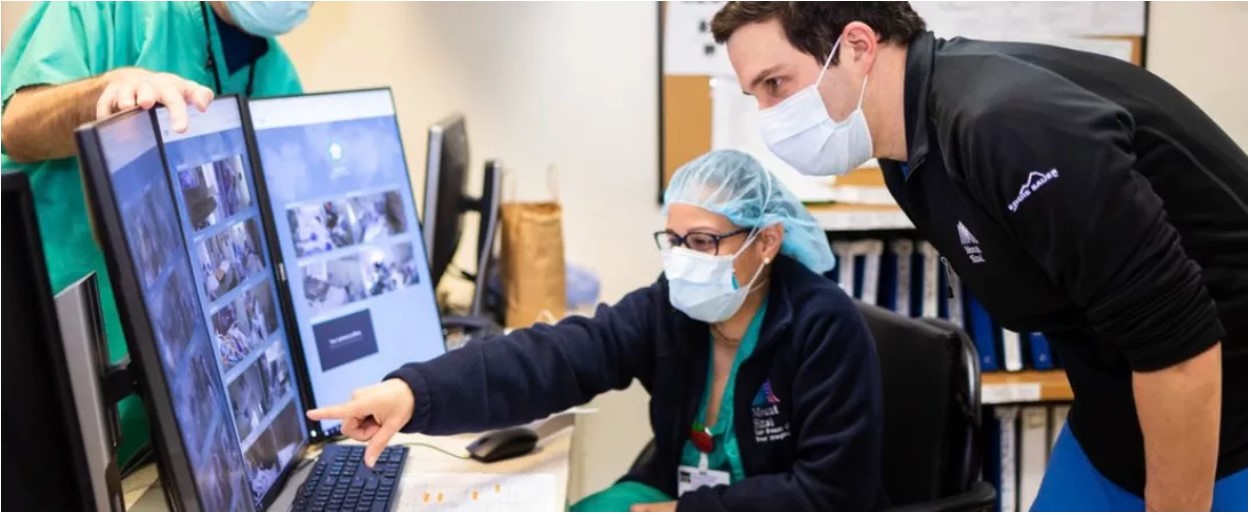
Amazon has been at the center of controversy as many of its warehouse workers have gotten sick with coronavirus and a few have died. To keep workers safe, the company is spending $4B dollars on technology which uses AI and cameras to ensure social distancing is being maintained and robots with UV lights (pictured at the top of this post) which disinfect vast areas of space at once.
If you watch the daily White House press briefings you hear the media ask multiple times a day about testing – doing their best to ensure that viewers feel like there are not enough tests.
The sad part about watching this is there is no information of value coming out of them.
Here is the simple truth: Testing doesn’t work effectively unless you can test every person every day with immediate results.
The city of Wuhan wants to test millions of people at once.
It’s a great idea but what happens the next day when someone comes in contact with someone who is infected?
The bottom line is for society to return to normal – assuming the general population does not want to be infected, every person needs to be tested every day and show that they are healthy.
They can then be allowed into crowds.
To enable such a thing to happen the FDA approved home saliva coronavirus test developed by Rutgers.
Sadly, the saliva still needs to be sent to a lab before results are determined. We hope future home tests will be immediate.
Once that tech is in place, the Biometric ID company CLEAR offers coronavirus screening named Health Pass for businesses
The company’s technology is used in airports and stadiums already so the transition makes sense.
Contact tracing is also needed if society decides it wants to get back to normal with the minimum number of infections.
Currently, tens of thousands of people have been hired to do this by hand.
The process is tedious, you need to know who every person who had the disease came in contact with and for how long and in what circumstances.
We reported in the past that Apple and Google have teamed up to allow phones to handle this task.
Trump Economic Adviser Kevin Hassett recently said in an interview : ‘There Is No Downside’ In Implementing a National Coronavirus Tracing System, leading us to believe there could be a related announcement soon.
So now that we have the systems to ensure we test and keep track of the testing and we know who was with who, the issue becomes what happens if someone new comes to town and they haven’t been tested?
Well Hawaii which has its Coronavirus situation under control has an interesting idea
Visitors to the island need to spend 2 weeks in their room in quarantine.
Not really the best way to start a vacation.
Since people haven’t been obeying the quarantine, they have considered putting GPS enabled ankle bracelets – the kind used for prisoners on them. The state attorney general objected for some reason.
I hope I plan my next Hawaii vacation before they start throwing their visitors in solitary confinement in their prisons for two weeks after arriving :-).
See our latest episode of Pandemic Tech News TV below:
For more, check out:
PandemicTechNews, Pandemic Tech Report, Pandemic Tech News TV

